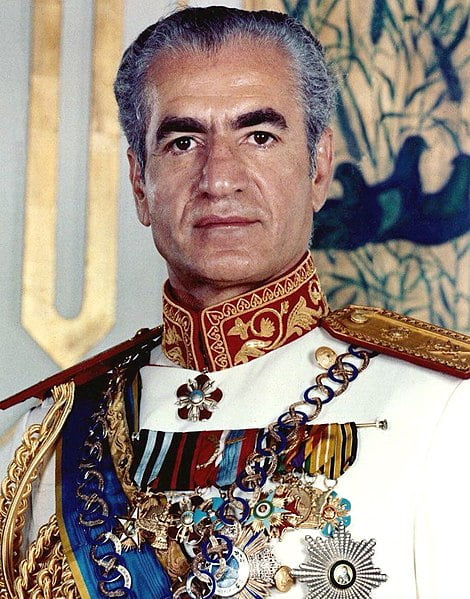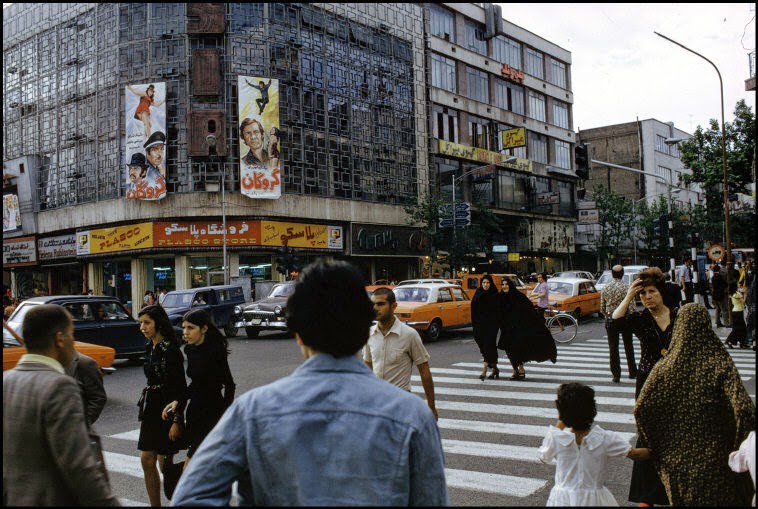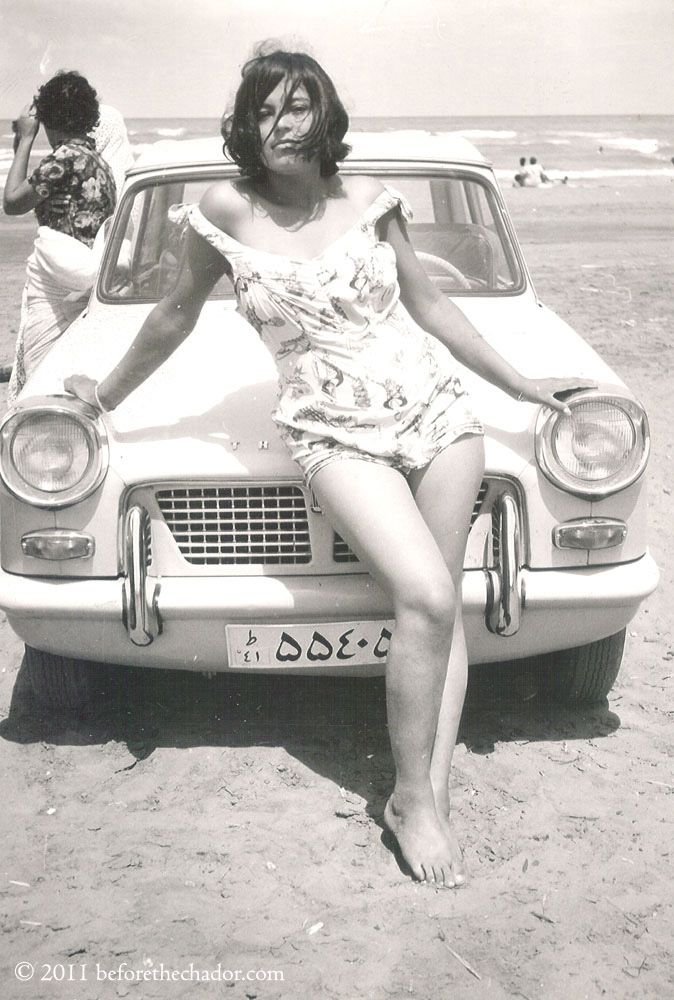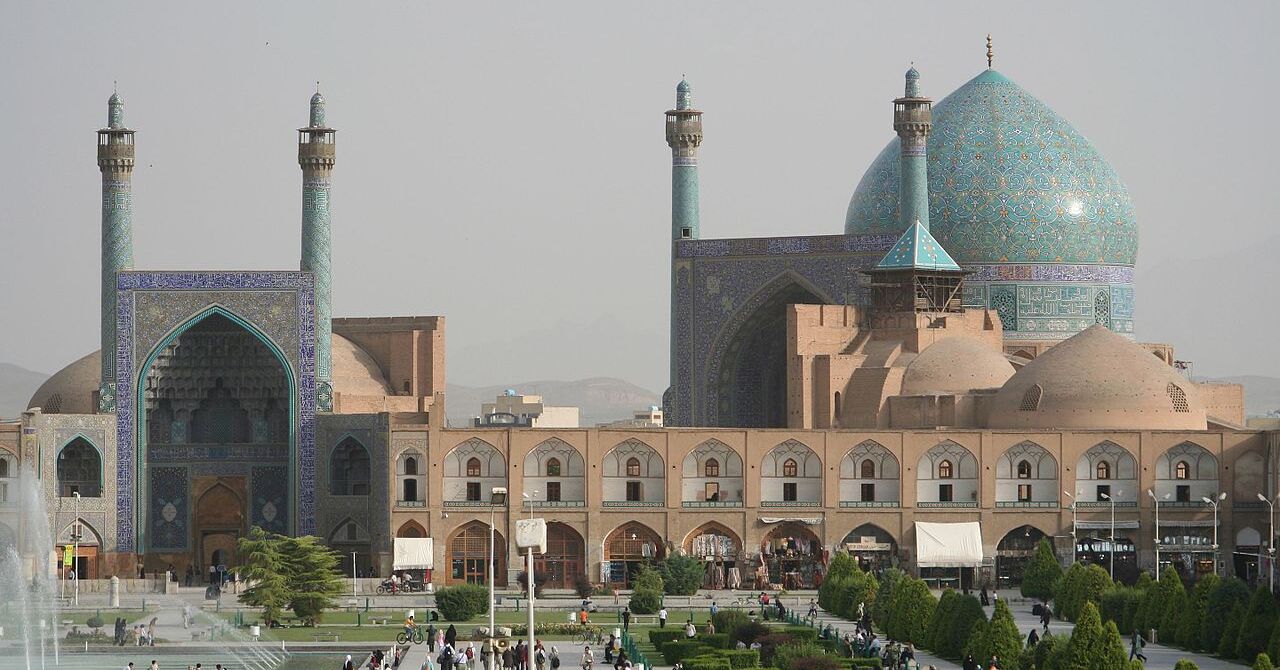It is widely believed that after the change of power, Iran returned from the path of Westernization to traditionalism. We have figured out how justified this position is.
You can see on the Internet collections photos and materials, arguing that the 1979 revolution transformed Iran from a secular and Europeanized country into a religious and repressive state. For example, in material on the portal "Historian» it is said that after the revolution, “all women completely changed their light open dresses with miniskirts to hijabs and veils.” In another article it is argued that “the people of Iran preferred strict adherence to religious tradition and the political power of the Muslim clergy to Westernization.” Sometimes photos from Iran turn on into general collections aimed at describing changes in society under the influence of religion. Similar publications and collages common and outside the Russian segment of the Internet.
To understand the context of the images being discussed, a rather thorough historical excursion by the standards of an Internet publication is required. In 1925, the ruler of Iran became Shah Reza, which marked the beginning of a new dynasty - the Pahlavis. During the decade and a half of his rule (until 1941), the country experienced significant changes in the social, economic and political spheres. In scientific works, the nature of these changes is often determine as authoritarian modernization, as well as compare with the transformations of the same time in Turkey under the leadership of Mustafa Kemal Ataturk. Among the results of the transformations can be distinguished the construction of a state in Iran in its then European understanding (bureaucracy, systematization of taxes and tariffs, an annual budget, etc.), the emergence of a judicial system structured according to European models, modernization of the army, etc. The country introduced compulsory wearing of European clothing for men (exceptions had to be confirmed by a special permit), and in 1936 for women prohibit Wear in public all types of clothing that comply with the Islamic dress code. Such measures (coupled with restrictions in the sphere of public religiosity) limited the traditionally powerful authority of the clergy in Iran and caused protests (the most famous of them were the protests of August 1935 in Goharshad mosque).
In 1941, Reza Shah pressure Allies of World War II abdicate in favor of his son Mohammad Reza. The new Shah abolishes a number of the most odious prohibitions (in particular, he allows the wearing of traditional clothes), declares a political amnesty and allows critics of his father into political life. In 1949 after assassination attempts at him prohibited the activities of the most powerful opposition force - the Tudeh Communist Party. The purge of the political field is taking place after it was organized in August 1953 by the CIA and MI6 coup against Prime Minister Mohammad Mossadegh, who gained enormous power against the background oil crisis and had widespread support. From this moment on, the strengthening of the power of the Shah began: in 1957, the secret police were created SAVAK and the establishment of a two-party system was announced, which was finally formed by 1963 (as the Iranians joked, these two parties were called “Yes, sir” and “Yes, sir”).

The transition to a two-party system is explained, among other things, by the need for political stability as part of a series of reforms called "White Revolution". These transformations were supposed to create a class of small owners in Iran, allow workers to participate in the profits of enterprises, and significantly expand the rights of women. The future leader of the Islamic Revolution, Ayatollah, becomes one of the main critics of the reforms Ruhollah Khomeini. He is arrested several times, after which they decide to deport him from Iran. Khomeini continues his anti-Shah activities from abroad. In Iran, traditional Shia institutions are facing policies aimed at undermining their authority. In particular, newly minted clerics must receive theological education at universities in order to have permission to practice (previously such permissions were administered by Shiite seminaries).
Rising oil production and dizzying price rise after Yom Kippur Wars significantly increase Iran's revenues and pave the way for the Shah's dreams of "great civilization": The Iranian Empire under his rule should become as important a power in the world as the ancient Achaemenid Empire was. In the last decade of Mohammad Reza’s reign, the “cult of personality” has become increasingly stronger: he himself takes the title Aryamehr (“sun of the Aryans”), his portraits are placed everywhere, and any criticism of him is monitored by SAVAK through a wide network of informants. Three events can be considered the crowning achievement of the Shah’s “imperial ambitions”: a pompous celebration 2500th anniversary of the Iranian monarchy in 1971, the transition to the “imperial calendar” instead of the solar Hijri and the dissolution of all parties and associations and the establishment of one ruling party in their place “Rastakhiz"in 1975.
At the same time, Mohammad-Reza himself, as well as his father, cannot be called a non-religious person. He committed pilgrimage to Mecca, and also repeatedly spoke about his religious experiences. Mohammad Reza said that from childhood felt the presence of God, and also experienced visions of Ali, the cousin and son-in-law of the Prophet Muhammad, extremely revered among the Shiites. Important notethat reports of similar visionary experiences by Iranian monarchs are widespread. One of the Shah's biographers Martin Zonis writesthat Mohammad Reza believed that God would protect and guide him throughout his life. Another question is that such statements were considered even by people close to him not as a manifestation of religiosity, but as a political instrument for legitimizing his power and an attempt to contrast his authority with the traditional authority of the clergy.

At the same time, in Iran, despite the above-mentioned restrictions on the part of the state, Shiite religious institutions continued to function and enjoy great popularity. Well-established donation system guaranteed their existence regardless of the intentions of the state, and connections with other traditional institutions provided broad popular support. In particular, we are talking about “supporting the bazaar,” that is, a situation when large traders donate money to religious figures and institutions, and in return they use their authority to defend the interests of these traders. Most of the religious leadersBeheshti, Khamenei, Mahdavi-Kani, Rafsanjani, Rouhani), who participated in anti-Shah propaganda in the 1960s and 1970s, played an important role in the revolutionary movement, and subsequently held major positions in the Islamic Republic.
In censuses conducted from 1956 to 1976, the vast majority of Iran's population declared their belonging to Islam. With all possible distrust of official statistics (as, for example, in case with the modern census) is hardly a “secularist” state, as is often the case called Iran of the Pahlavi era would publish data that 99% of its population are believers.
If we move from the analysis of political and social circumstances to the images themselves, which are intended to illustrate them, it is important to note that they are often extracted from the original context and immersed in a new one that has nothing in common with the original. This, for example, applies to pre-revolutionary family photographs like "Caspian girl", actively circulating on various Internet photo collections. Researcher Amy Malek, when discussing such photographs, uses the term "clickbait orientalism". She argues that family photographs from pre-revolutionary Iran, arranged in certain ways and posted on popular websites, serve as a kind of “authentic ‘evidence’ designed to highlight similarities and differences that frighten viewers and make them think about the dangers that modern Iranians face in Western democracy.”

Indeed, these pre-revolutionary photographs, most often taken on the central streets of Tehran and other major cities of the country, create a distorted picture for the viewer, asking him to make an obvious choice from a simple alternative. True, pre-revolutionary photographs hardly fit into such a black and white picture religious procession in Kashan, slums near Tehran (which still exist today) or women in hijab. In the same way, you can pay attention to the photographs of the Iranian province of the 1950s, done Inge Morath (some of them colourised), in which you are unlikely to find women having fun in dresses and miniskirts.

Iran was and remains an extremely diverse country. True, over the past 40 years, the perception of this diversity has been distorted due to the norms introduced after the Islamic Revolution that legislate compliance with the rules of Islam, including in the field of clothing. These prescriptions apply to both women and men, but many observed them even before 1979. During the revolution, religion again entered the public field, from which the monarchs of the Pahlavi dynasty tried to oust it, and Shia symbols and rituals steel the most important tool for legitimizing the current Iranian regime. The key visual difference for the outside observer, by and large, is that after 1979 the possibility of choice disappeared in the field of clothing, but the possibility of choice, oddly enough, appeared in the political sphere, where established democratic, albeit with certain reservations, procedures and turnover of power.
Half-truth
- Ezhov G. P. Memories of the Iranian Revolution
- Reznikov A. B. Iran: the fall of the Shah's regime
- Islamic Revolution: Yesterday. Today. Tomorrow
If you find a spelling or grammatical error, please let us know by highlighting the error text and clicking Ctrl+Enter.







